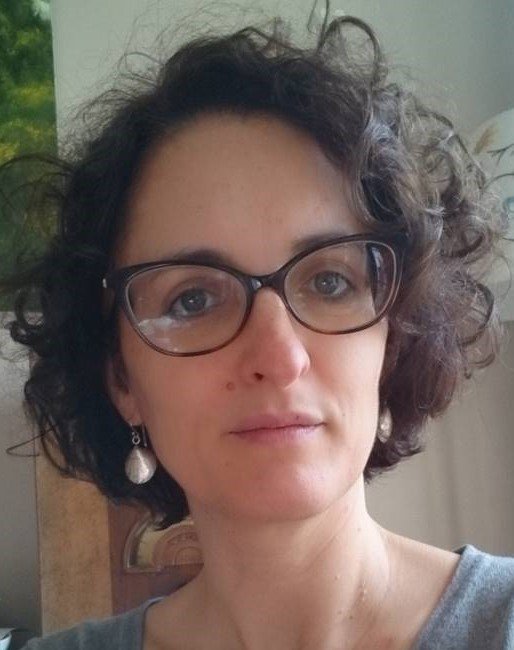Dance-therapy as a non-pharmacological intervention for chronic pain in adolescents
Fear of pain and movement are currently observed (“Kinesophobia”) in chronic pain, which can have very harmful consequences on the patient’s overall quality of life and psychological state. Adolescents’ heightened sensitivity to anxiety is a major risk factor for movement avoidance in cases of chronic pain. Proposals made to adolescents in the management of their chronic pain are actually scarce. Pharmacological solutions are very limited, and non-pharmacological techniques are not very effective and poorly followed up because considered as boring by young people (e.g. physiotherapy) or tested on a “case-by-case” basis (e.g. hypnosis).
The aim of this project is to offer non-pharmacological techniques that can be enjoyed by adolescents, with a clinical value in terms of restoring movement, in a controlled and randomized protocol. We propose to set up and test the potential benefit of dance-therapy sessions, a technique involving the body and movement, in adolescents suffering from chronic pain with an associated high level of kinesiophobia.
Dance-therapy will be compared with two other therapeutic actions: another artistic technique not body-related (art-therapy) and a second one, body-related but with no art-therapeutic connotation (yoga). Patients will be assigned to one of three groups for 15 weekly one-hour sessions and will complete regular questionnaires during the study (kinesiophobia, anxiety, pain catastrophizing, fear of pain, quality of life, body image/self-perception). Their pain perception (intensity and frequency) will be regularly investigated. A control group will be also included.
The first five patients were included in two different groups (dance and art) in March 2024, and the first results will be presented. The expected results would be an overall improvement in patients’ quality of life. This would be driven by a reduction in their perception of pain and an improvement of their physical abilities, combined with a reduction in kinesiophobia and fear of pain.
1|Caroline PERCHET|Université Lyon 1|NEUROPAIN|FRANCE|
2|Anna BREGEON|Université Lyon 1|NEUROPAIN|FRANCE|
3|Angeline OLYMPIEFF|CETD Hôpital Neurologique|NEUROPAIN|FRANCE|
4|Sabine SIMONIN|CETD Hôpital Neurologique|CETD|FRANCE|
5|Maud FROT|INSERM|NEUROPAIN|FRANCE|

